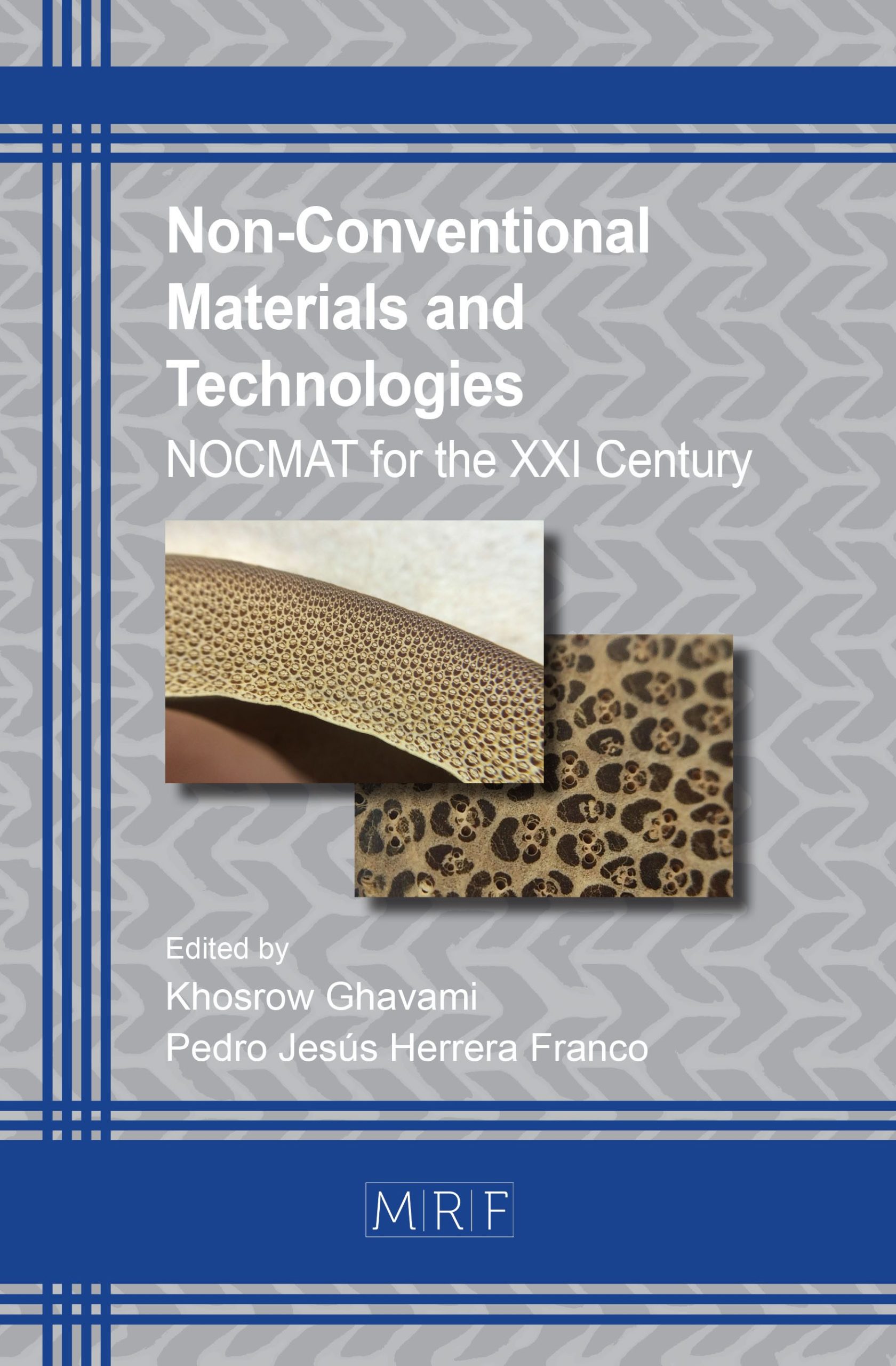Binary Cements with High Coal Waste Contents: Properties and Behaviour Against CO2
M. Frías, L. García, L. Caneda-Martínez, M.I.S. de Rojas, R. García, R. Vigil, Í. Vegas, S. Martínez-Ramírez
Abstract. It is well known that there are several scientific, technical and environmental advantages of incorporating active additions to the cement, due to its ability to react chemically with the portlandite generated during the hydration reaction of the cement particles, to give more dense and compact matrices. The coal wastes are an alternative source of obtaining future ecological pozzolans, fundamental pillar of the main strategy of the Circular Economy. As a result, an improvement in the blended cement performances was obtained. However, some aspects regarding the durability due to CO2 reaction have not been solved. A wide range of pozzolans (silica fume, fly ash, natural pozzolan, natural metakaolinite) are found in kaolinite-based industrial wastes (paper waste, potable water treatment), which are an excellent alternative for the socio-economic development of a country. The current work presents the scientific-technical advances of coal wastes as supplementary cementing material for the manufacture of low clinker cements and their influence under the action of CO2. The obtained results show that, after thermal activation, the products obtained have a high pozzolanic activity in the range of 550 and 650ºC and the kinetics reaction is similar to other pozzolans of silico-aluminous nature. After exposure to CO2 environment, the behaviour of the pozzolanic material is similar to cement, used as reference, when the percentage of substitution is low; while the 50% blended cements showed a rapid carbonation process.
Keywords
Coal Wastes, Blended Cement, Carbonation, Durability
Published online , 9 pages
Copyright © 2018 by the author(s)
Published under license by Materials Research Forum LLC., Millersville PA, USA
Citation: M. Frías, L. García, L. Caneda-Martínez, M.I.S. de Rojas, R. García, R. Vigil, Í. Vegas, S. Martínez-Ramírez, ‘Binary Cements with High Coal Waste Contents: Properties and Behaviour Against CO2’, Materials Research Proceedings, Vol. 7, pp 560-568, 2018
DOI: http://dx.doi.org/10.21741/9781945291838-54
The article was published as article 54 of the book Non-Conventional Materials and Technologies
References
[1] Benhelal E, Zahedi G, Shamsaei E, Bahadori A. Global strategies and potentials to curb CO2 emissions in cement industry. Journal of Cleaner Production 2013;51:142-61. https://doi.org/10.1016/j.jclepro.2012.10.049
[2] Kline J, Kline C. Cement and CO2: what is happening. IEEE Transactions on Industry Applications 2015;51:1289-94. https://doi.org/10.1109/TIA.2014.2339396
[3] Gartner E, Hirao H. A review of alternative approaches to the aeduction of CO2 emissions associated with the manufacture of the binder phase in concrete. Cement and Concrete Research 2015;78:126-42. https://doi.org/10.1016/j.cemconres.2015.04.012
[4] Salas DA, Ramirez AD, Rodríguez CR, Petroche DM, Boero AJ, Duque-Rivera J. Environmental impacts, life cycle assessment and potential improvement measures for cement production: a literature review. Journal of Cleaner Production 2016;113:114-22. https://doi.org/10.1016/j.jclepro.2015.11.078
[5] Mohammed S. Processing, effect and reactivity assessment of artificial pozzolans obtained from clays and clay wastes: a review. Construction and Building Materials 2017;140:10-9. https://doi.org/10.1016/j.conbuildmat.2017.02.078
[6] Beltramini B, Suarez ML, Guilarducci A, Carrasco MF, Grether RO. aprovechamiento de residuos de la depuraciõn del carbón mineral: obtención de adiciones puzolánicas para el cemento Portland. Rev. Tecnol. y Ciencia 2010;3:7-18.
[7] García Giménez R, Vigil de la Villa R, Frías M. From coal-mining waste to construction material: a study of its mineral phases. Environ.Earth Sci. 2016;75:478. https://doi.org/10.1007/s12665-016-5494-8
[8] García-Giménez R, Mencía RVV, Rubio V, Frías M. The transformation of coal-mining waste minerals in the pozzolanic reactions of cements. Minerals 2016;6(64).
[9] Vegas I, Cano M, Arribas I, Frías M, Rodríguez O. Physical-mechanical behavior of binary cements blended with thermally activated coal mining waste. Constr.Build.Mater. 2015;99:169-74. https://doi.org/10.1016/j.conbuildmat.2015.07.189
[10] Frías M, Sanchez De Rojas MI, García R, Juan Valdés A, Medina C. Effect of activated coal mining wastes on the properties of blended cement. Cem.Concr.Compos. 2012;34(5):678-83. https://doi.org/10.1016/j.cemconcomp.2012.02.006
[11] Šavija B, Luković M. Carbonation of cement paste: understanding, challenges, and opportunities. Constr.Build.Mater. 2016 8/1;117:285-301.
[12] Vigil de la Villa R, Frías M, García-Giménez R, Martínez-Ramirez S, Fernández-Carrasco L. Chemical and mineral transformations that occur in mine waste and washery rejects during pre-utilization calcination. International Journal of Coal Geology 2014;132:123-30. https://doi.org/10.1016/j.coal.2014.07.014
[13] Frías M, De La Villa RV, De Rojas MS, Medina C, Juan Valdés A. Scientific aspects of kaolinite based coal mining wastes in pozzolan/ Ca(OH)2 system. J Am Ceram Soc 2012;95(1):386-91.
[14] Ashraf W. Carbonation of Cement-Based Materials: Challenges and Opportunities. Constr.Build.Mater. 2016 9/1;120:558-70.
[15] Fabbri A, Corvisier J, Schubnel A, Brunet F, Goffé B, Rimmele G, et al. Effect of carbonation on the hydro-mechanical properties of Portland cements. Cement and Concrete Research 2009;39:1156-63. https://doi.org/10.1016/j.cemconres.2009.07.028
[16] Goñi S, Gaztañaga M, Guerrero A. Role of cement type on carbonation attack. J. Mater. Res. 2002;17:1834-42. https://doi.org/10.1557/JMR.2002.0271
[17] Black L, Breen C, Yarwood J, Garbev K, Stemmermann P, Gasharova B. Structural features of C–S–H(I) and its carbonation in air—A Raman spectroscopic study. Part II: Carbonated phases. J Am Ceram Soc 2007;90(3):908-17. https://doi.org/10.1111/j.1551-2916.2006.01429.x































